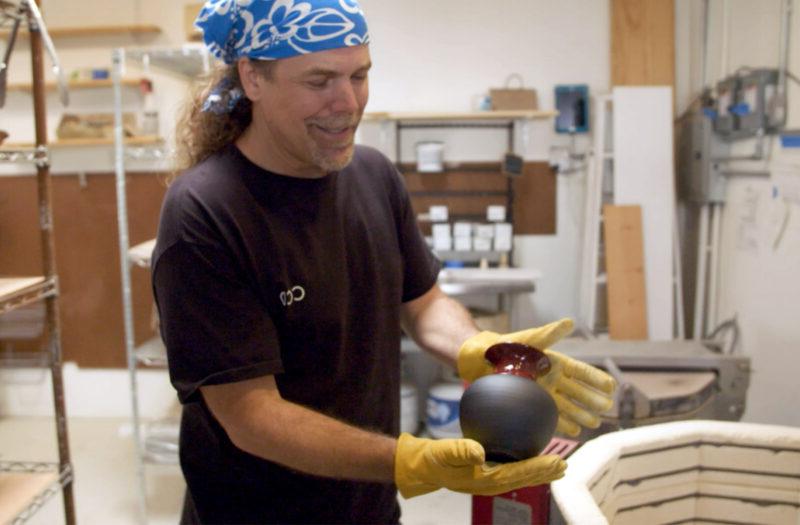博彩平台网址大全 Teams Use Genetic Expertise and Computational Tools to Target More Common Conditions
September 8, 2023
For geneticist Daniel Gaffney, becoming an expert in how genes influence human health was not enough. His drive to improve lives with this knowledge led him to 博彩平台网址大全, where he found a shared commitment to translating scientific advances into medicines that solve genetic problems. Since joining the company earlier this year, Dan has helped its Worldwide Research & Development teams build on their success in producing treatments for rare conditions that involve just one gene or a small number of genes – harnessing computational tools to target more common disorders involving many genes and mutations. He recently took time out to talk with us about how 博彩平台网址大全 is finding new ways to use these technologies for the benefit of people with genetic conditions.
Q: You’ve led teams in cellular genetics and functional genomics at academic and private organizations. What brought you to 博彩平台网址大全?
I’ve grown progressively interested in translating our knowledge of genetics into meaningful therapeutic targets throughout my career. Genetics as a way of directing, designing and developing a medicine makes for a more successful therapy, and 博彩平台网址大全 has built this into its pipeline from the beginning. The prospect of joining a biopharma company dedicated to producing treatments around genetic insights was very attractive to me.
Q: 博彩平台网址大全 is extending its base in rare genetic conditions, applying its scientific expertise to the treatment of more common genetic disorders. What innovations has the company put in place to drive this evolution?
At 博彩平台网址大全, we haven’t limited ourselves to one form of drug delivery: We’ve worked on developing small molecules, biologics, gene therapies and antisense oligonucleotides. Why invest in all of these things? You need a range of delivery options to reach different genetic targets, and 博彩平台网址大全 will be able to leverage this flexibility to expand our scope of genetic targets in the future.
The company has already produced treatments for several rare conditions related to only one or a few genes, with mutations that tell you both the target and patient population. The ambition to benefit more patients means we’ll be looking at more common polygenic conditions linked to multiple genes, each with different mutations that point to various targets and patient populations.
Q: You’ve said that 博彩平台网址大全 has a very cutting-edge way of thinking about new targets for more common genetic conditions. How is the team approaching this?
博彩平台网址大全 has put genetics at the center of everything we do, and to that end, we use genetics to identify which people will benefit from treatment. For the rare conditions that we’ve worked on historically, identifying those people has been fairly straightforward; they typically have very damaging mutations in one or a small number of well-known genes. As we move to more common disorders, the biological reality is that the genetics gets much more complex, with hundreds of genes and thousands of mutations to consider in a single condition. A big challenge for the team is how to stay true to our commitment to genetics while embracing this reality.
The polygenic score (PGS) is one way that we’re thinking about this problem. The PGS is derived from computational tools that summarize the effects of mutations across the genome in a single number. At 博彩平台网址大全, we’re looking for people who have extreme PGS values, indicating extremely high genetic risk for a disorder – and high likelihood that they’d benefit from a medicine targeting the genetic mechanisms involved.
At 博彩平台网址大全, we’re looking for people who have extreme PGS values, indicating extremely high genetic risk for a disorder – and high likelihood that they’d benefit from a medicine targeting the genetic mechanisms involved.
Daniel Gaffney
Q: What excites you about the future of genomics in pharmaceutical development?
Our teams have spent a lot of time thinking about a key question: In terms of pathology, where do rare and more common diseases come together? We’ll continue to approach this in a genetically driven way, identifying links between different genes to learn which mutations lead to the same molecular mechanisms for disease. For example, our team is now mining the relationship between genetics, biobanks and clinical trial responses by attempting to identify prognostic and predictive biomarkers of disease. The more people we find who share the same pathways, the more opportunity for impact we’ll have with our therapies.



